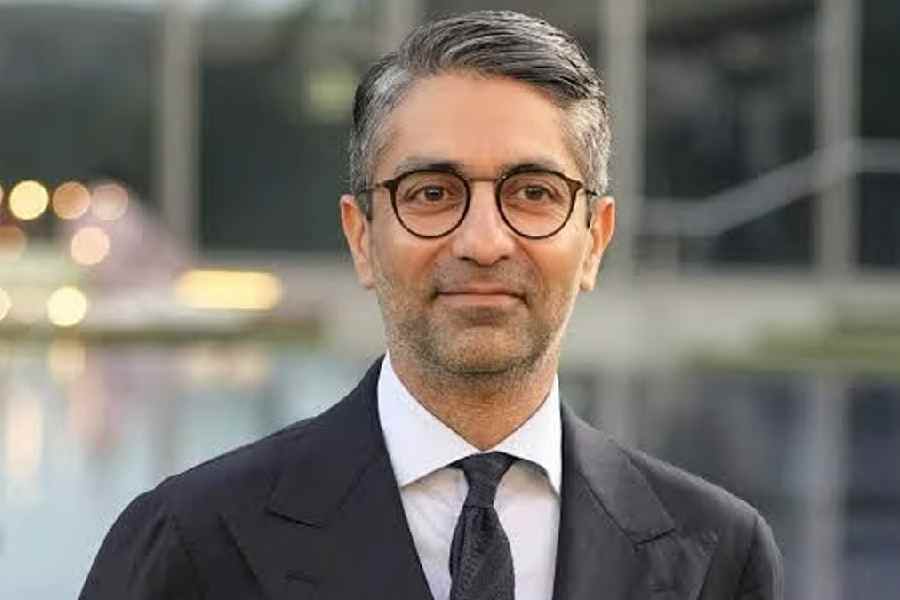The CBSE has become the first school board to prescribe mother tongue or the state language as the medium of instruction in classes I and II in keeping with the recommendation of the National Curriculum Framework for School Education (NCFSE).
The national board issued a circular in this regard to all its affiliated schools on Thursday. The medium of instruction can be changed to another language from Class III onwards.
A section of linguists, however, fears that schools may follow the state language, and not the mother tongue, as the medium of instruction, thwarting the objective that NEP 2020 sets out to achieve.
In India, there are nearly 1,369 mother tongues, according to the 2011 census. In tribal areas, most tribes speak distinct languages. In CBSE schools, the medium of instruction is usually English. In classes I and II, students are taught English, Hindi or Urdu and mathematics.
“As per NCFSE-2023, the primary language of learning and the medium of instruction must be the child’s home language, mother tongue, or a familiar regional language (referred to as R1),” said the circular issued by Praggya M. Singh, director (academics) CBSE.
“R1 should preferably be the language most familiar to the students, which would be the mother tongue. If that is not possible because of practical considerations, then it should be the state language, which would be a familiar language,” it said.
The National Council of Educational Research and Training (NCERT), the apex textbook-preparing body, has published books in English, Hindi, Urdu and mathematics for classes I and II. The maths textbook is available in 22 scheduled languages.
The CBSE circular quoted the NCFSE to state that at least one language native to India would be offered as an option for the medium of instruction to all students up to Class XII.
“To ensure uniform and effective implementation, all schools must constitute a NCF Implementation Committee by the end of May 2025. This committee will be responsible for mapping student mother tongue, aligning language resources, and guiding curriculum adjustments,” it added.
The CBSE has asked the schools to implement the revised policy from July and submit monthly progress reports to the board.
Panchanan Mohanty, a retired professor of Linguistics at Central University of Hyderabad and former president of the Linguistic Society of India, said the NEP 2020 sought to promote learning in the mother tongue to ensure that even unprivileged children in tribal and remote areas got access to education. However, the latest circular on the medium of instruction defeats this purpose, he added.
“This circular will derail the core objectives of NEP 2020. Most schools will conveniently make the dominant language of the state the medium of instruction. It will deny the learning opportunities to crores of children in the tribal areas,” Mohanty said.
As the NCFSE has allowed the dominant language of the state to be made the medium of instruction, all state government schools are likely to follow this too, Mohanty said.
“In all probability, children in tribal areas will come to school, have mid-day meals and go back home without achieving the desired goal,” he said.










